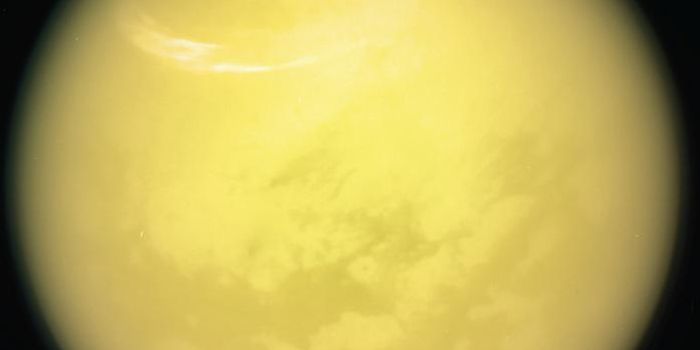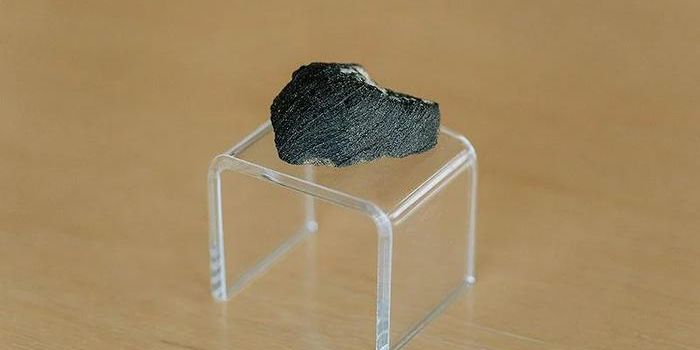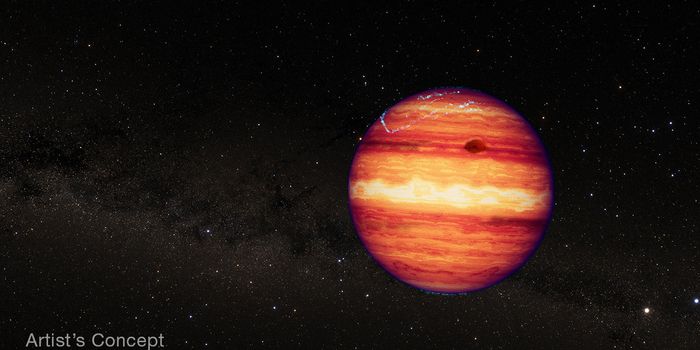"Aerobraking" Down into Venus' Atmosphere
The European Space Agency’s (ESA) EnVision mission to Venus will perform optical, spectral, and, and radar mapping of Venus. EnVision is a van-sized spacecraft and it will need to “aerobrake” – lower its orbit with thousands of passages – through the planet’s hot and thick atmosphere for up to two years. Candidate spacecraft materials are currently being tested at a special ESA facility to see if they can safely withstand this incredibly challenging process.
EnVision will be injected into Venus orbit at a very high altitude (approximately 250,000 km or 156,000 mi), and then the craft needs to get down to an altitude of approximately 500 km (310 mi) for science operations. This is historically done with extra propellant to slow the craft down on its way into orbit, but ESA cannot afford this extra weight on board the Ariana 62, on which EnVision will launch, so the team is hoping to use the aerobraking process to lower the craft to the appropriate orbit.
The team plans to slow the craft down through repeated passes through the upper atmosphere of Venus, coming as low as 130 km (81 mi) from the surface at times. To test this process, Venus Express performed aerobraking tests during the final months of its mission in 2014 to gather valuable data on the technique. This technique was used successfully for the first time in 2017 by ESA’s ExoMars Trace Gas Orbiter (TGO) to lower its orbit around Mars over an 11-month period.
Aerobraking around Venus will be much more challenging than around Mars because the gravity of Venus is about 10 times higher than that of Mars. This means that EnVision will experience velocities twice as large as those experienced by TGO. Additionally, heat will be generated during this process, and much more so than the Mars mission, as heat generation goes as a cube of the value of the velocity. Thus, EnVision will experience high levels of heat and it will have to go through an aerobraking phase that is twice as long to reach a lower aerobraking regime in order to not damage the craft in the process.
EnVision will also be exposed to highly-erosive atomic oxygen – or individual atoms of oxygen at the edges of the atmosphere, which are a result of standard oxygen molecules being broken apart by ultraviolet radiation from the Sun. Before this process was understood, the thermal blankets of the Space Shuttle were severely eroded, and now, all missions need to be designed to resist atomic oxygen. The challenge now is that atomic oxygen is widespread in the atmosphere of Venus and more than 90 times thicket than in Earth’s atmosphere. The EnVision team needs to test a range of materials and coatings for different parts of the craft to ensure these parts will be resistant to erosion and be able to maintain their optical properties. The team is simulating the atomic oxygen levels EnVision would experience in orbit at a special facility built by ESA – the Low Earth Orbit Facility (LEOX) in the Netherlands. The results of these tests are expected by the end of this year.
Source: The European Space Agency








